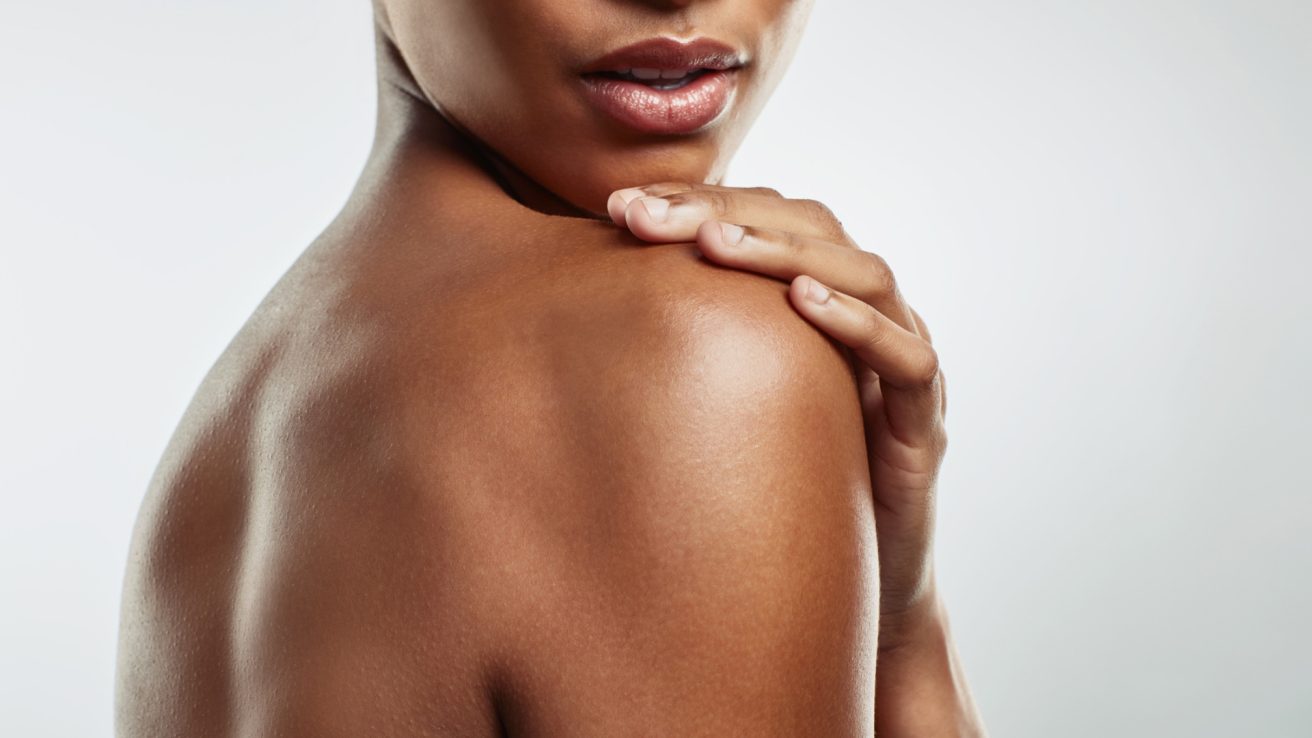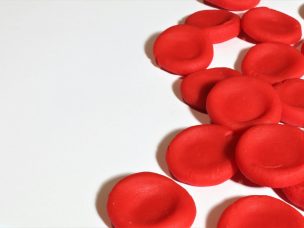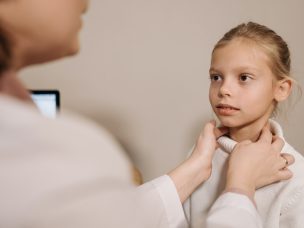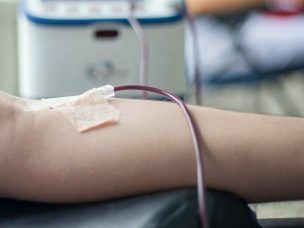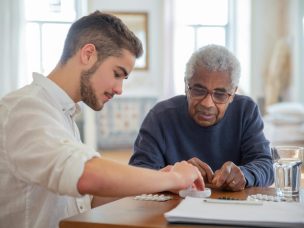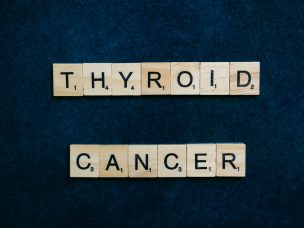Exposure to ultraviolet (UV) rays causes most cases of melanoma, the deadliest kind of skin cancer. To lower a patient’s skin cancer risk, instruct them to protect their skin from the sun and avoid indoor tanning.
Summer is full of outdoor activities. Patients probably put sunscreen on themselves and their kids when they go to the pool or the beach. But do they know they should protect their skin with more than just sunscreen anytime they’re outside?
Sun protection is important all year round, and it’s best to use several different kinds. When patients are working in the yard, watching a ballgame, or taking an afternoon walk, make sun safety an everyday habit so they can avoid getting a sunburn and lower their chance of getting skin cancer.
What Should Be In The Tote Bag?
Here’s an easy tip to help make sure your patients and their families stay sun-safe. They can get ready for summer with a tote bag full of different ways to protect your skin. Keep the tote bag handy so they can grab it whenever they head out for summer fun!
Some important things to pack—
- A lightweight long-sleeved shirt or cover-up.
- A hat with a wide brim that shades your face, head, ears, and neck.
- Sunglasses that block both UVA and UVB rays.
- Sunscreen with SPF 15 or higher and both UVA and UVB (broad spectrum) protection.
More Sun Safety Tips
- Stay in the shade, especially during late morning through mid-afternoon.
- Can’t stay in the shade? Wear a long-sleeved shirt and pants to protect your skin.
- Remember to reapply sunscreen at least every 2 hours and after swimming, sweating, or toweling off.
Join the conversation to raise awareness about the benefits of sun protection! Take a photograph of yourself using sun protection and share it on social media with the hashtag #SunSafeSelfie. See our photo gallery!
Fast Facts About Skin Cancer
- Skin cancer is the most common cancer in the United States and includes different types.
- Unprotected skin can be damaged by the sun’s UV rays in as little as 15 minutes.
- Even if it’s cool and cloudy, you still need protection. UV rays, not the temperature, do the damage.
- Anyone can get skin cancer, but some things put you at higher risk.
- The most common signs of skin cancer are changes on your skin, such as a new growth, a sore that doesn’t heal, or a change in a mole.
Content source: CDC Website
